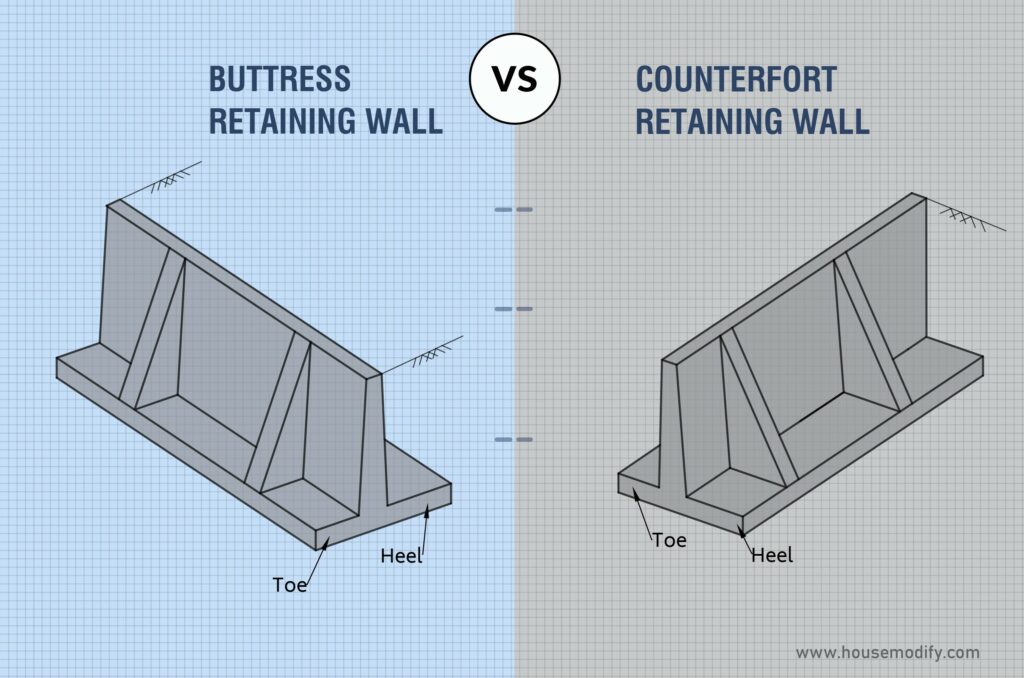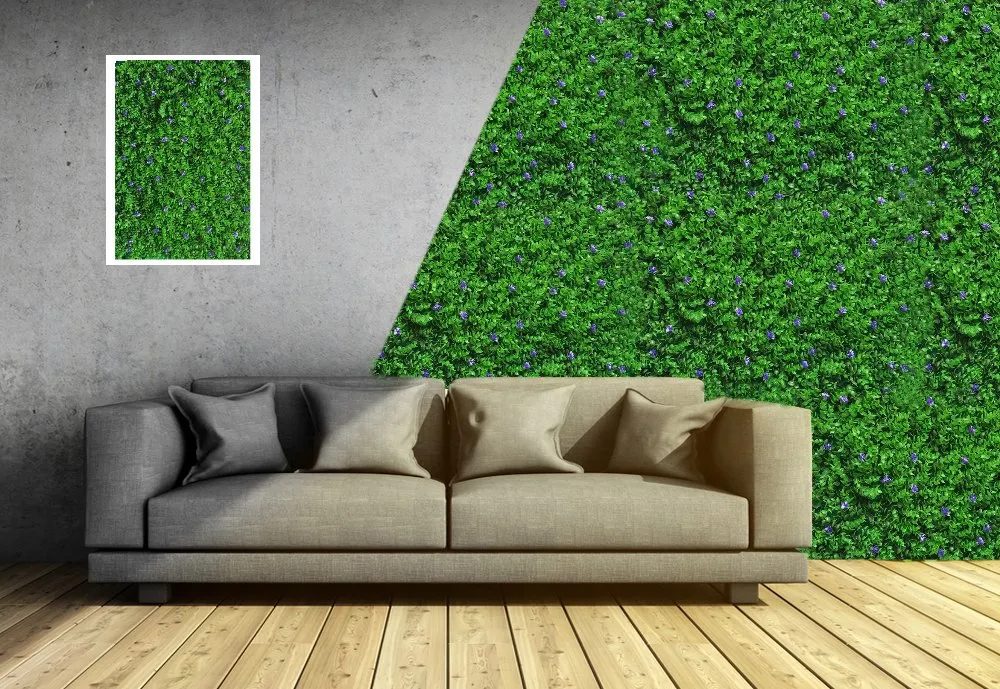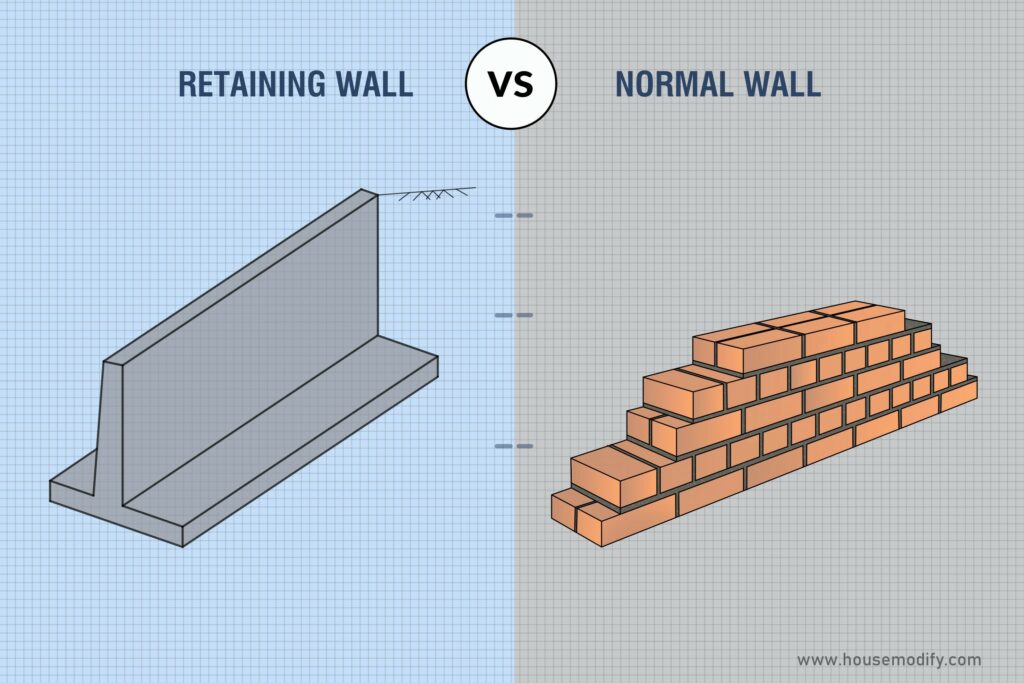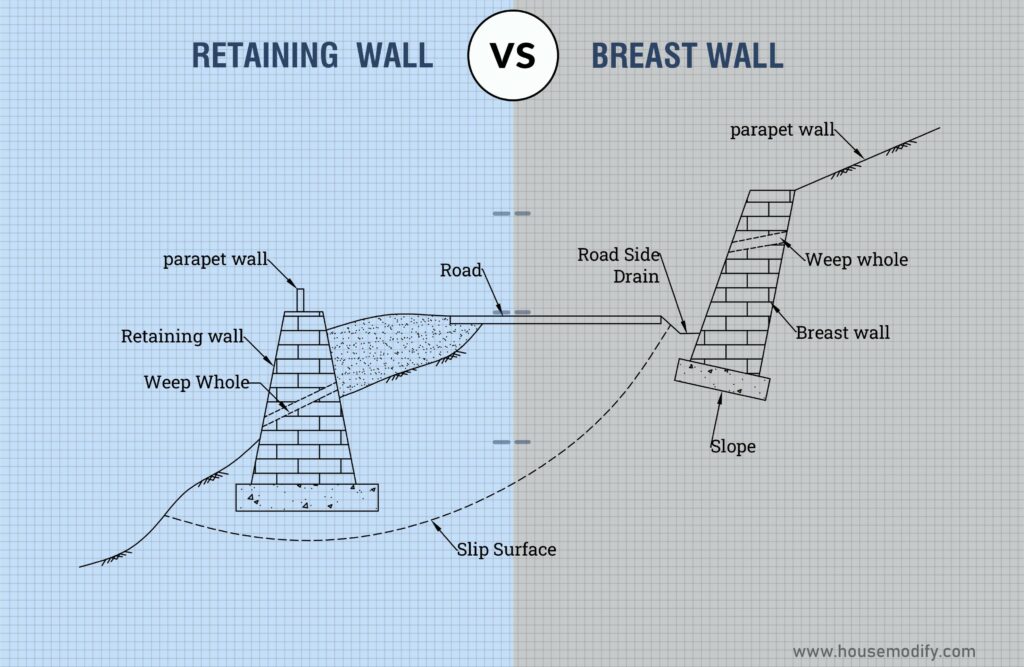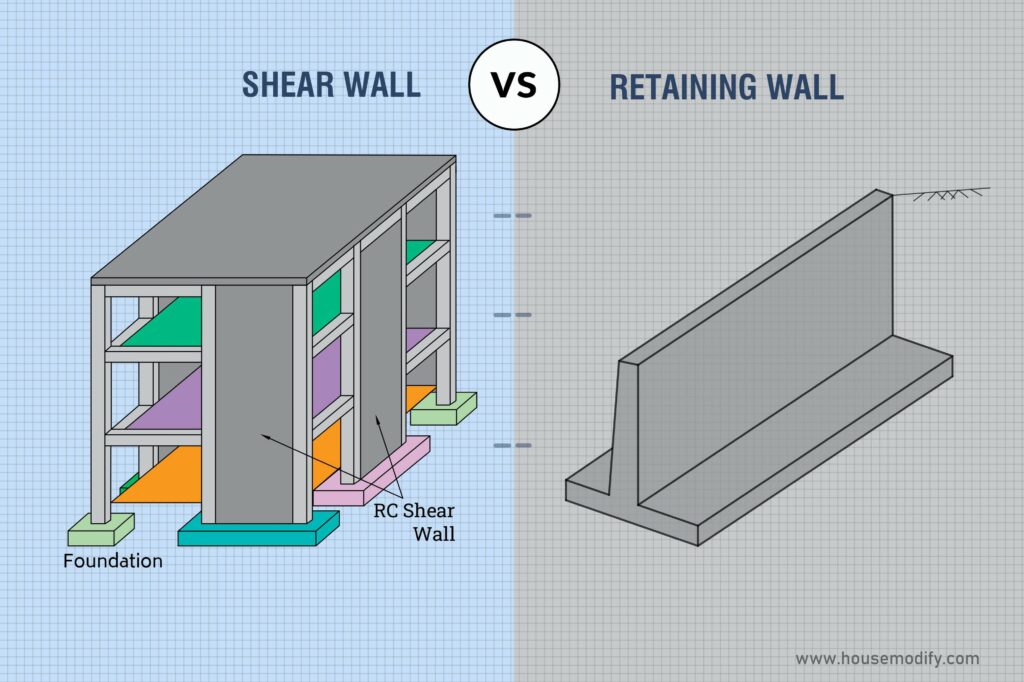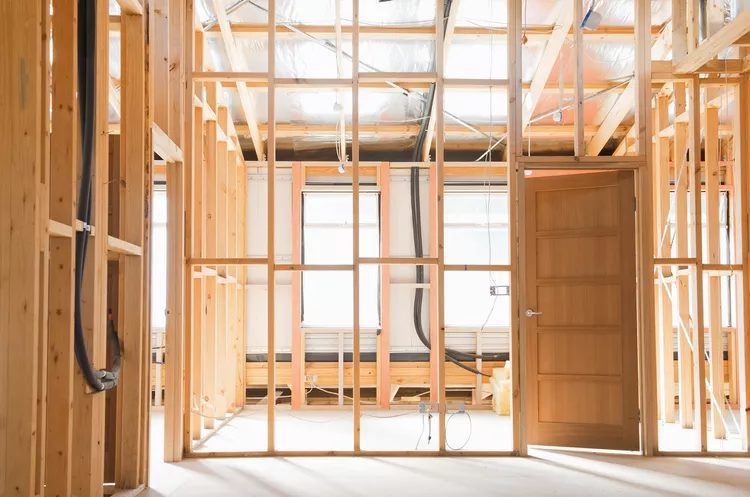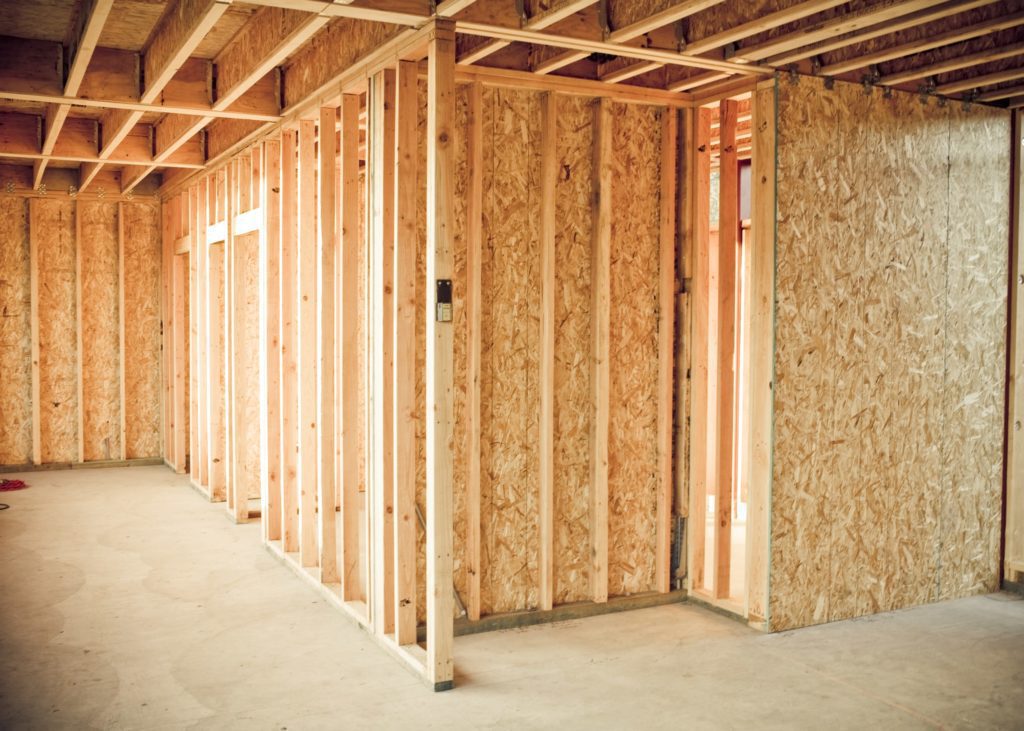Retaining Wall Stairs are easy to build with straight angles or flowing curves, but the most basic steps are made with design curves that allow extra time for planning and building your stairs.
Often, retaining walls need to hold the soil so that the yard can have different layers.
Build steps into the retaining wall to provide access.
Apart from blending with the retaining wall, retaining wall steps can also add beauty to the wall and surrounding area.
A staircase can easily be incorporated into retaining wall construction by understanding the basic installation elements.
Always follow local building codes while building any kind of stairway.
Read on!
Principles for Build Retaining Wall Stairs:
Here are some general principles for Build Retaining Wall Stairs as follows:
Choosing Options for Wall Stair Treads:
The steps can blend in with the wall perfectly if they are constructed from the same retaining wall blocks as the wall itself.
In addition, retaining wall blocks that are 6 to 8 inches high make the ideal riser height for outside steps.
The following are typical methods for making retaining wall stair treads:
Open treads:
The retaining wall stones and gravel backfill create the stair tread, which has open treads.
While ascending the stairs, one can observe a retaining wall block in front of another retaining wall block and gravel.
Although this choice is the simplest and cheapest, it has a distinctly utilitarian aspect.
Capstones:
The entire stair tread is made up of capstones with a front edge finish such as bullnose.
Depending on the size of the tread, only one or two massive capstones may be required for each tread.
The size of the treads must be properly calculated for the capstones and retaining wall stairs seem more elegant when made with capstones.
For steeper staircases with shorter treads, capstones work best.
Bricks or Pavers:
You can also use smaller bricks or pavers that match or complement the retaining wall blocks as stair steps.
The back row of bricks or pavers will typically need to be trimmed to fit the area.
Landscape block adhesive must be used with caution to keep the front row from shifting underfoot.
A beautiful combination that enables deeper treads is adding capstones to the front of the tread and filling the back with pavers or bricks.
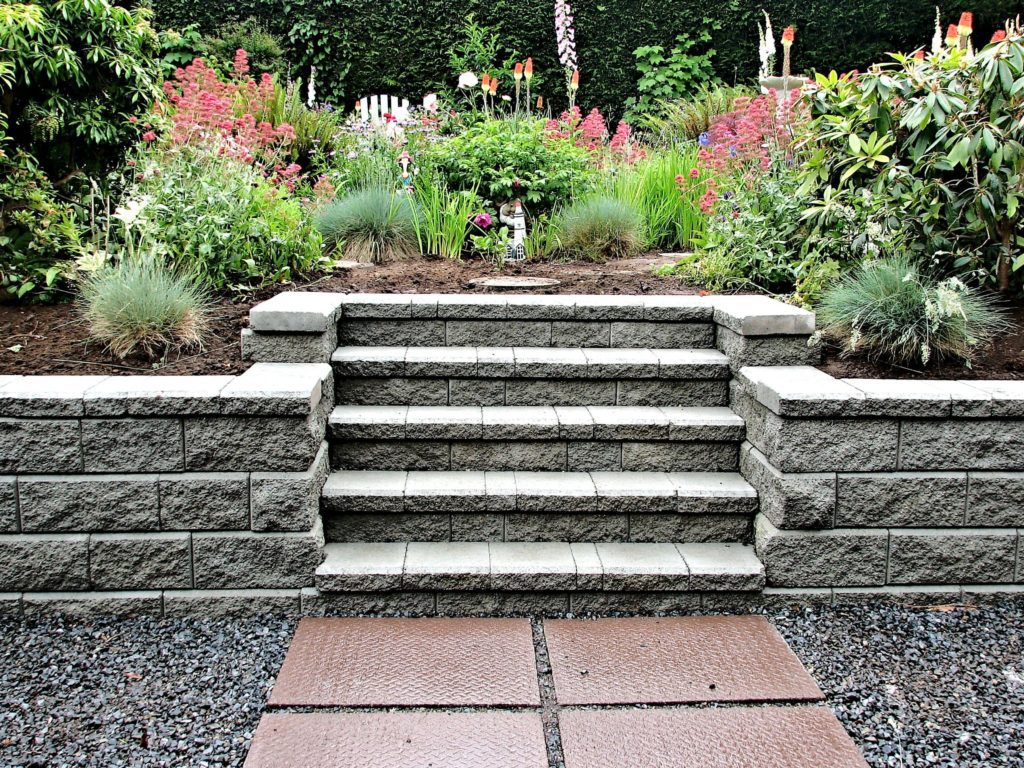
Construction of Retaining Wall Stairs:
For the courses of blocks between the stairs and the wall to coincide, construct the retaining wall stairs at the same time as the wall.
- The stairs are the first step, construct stairs for a retaining wall when the ground is completely dry.
- Masonry retaining walls typically have tight height restrictions imposed by communities.
- In some cases, if the retaining wall stays below a specific height, no permit is needed.
- For instructions on constructing the retaining wall and the steps, consult your neighbourhood permitting office.
- Railings might also be necessary to be added.
Step-by-step Process to Build Retaining Wall Stairs:
Calculate the overall stair rise:

The height that the staircase must climb from the very bottom to the very top is known as the total stair rise.
In your hands, place a bubble level on top of a two-by-four, the two-by-one four’s end needs to be on the slope’s top.
Keep the two-by-four level by holding it.
From the two-by-bottom fours to the ground, take a measurement.
The total stair increase is the resultant number.
Count the Stairs:
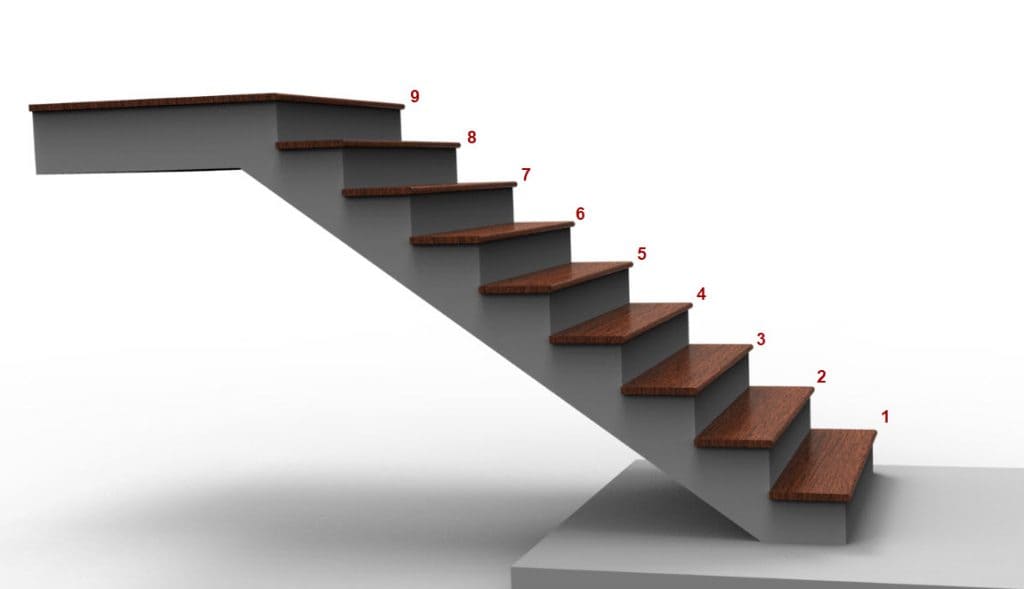
To determine the number of steps required for the retaining wall, divide the total stair rise by the height of each block, i.e., 8 inches.
Aim for an 8-inch rise and a 12-inch tread on each stair when cutting into steep slopes that are supported by a retaining wall.
A tread of any length you require supported by an 8-inch rise can be used to cover gentle hills.
Excavate the Area:
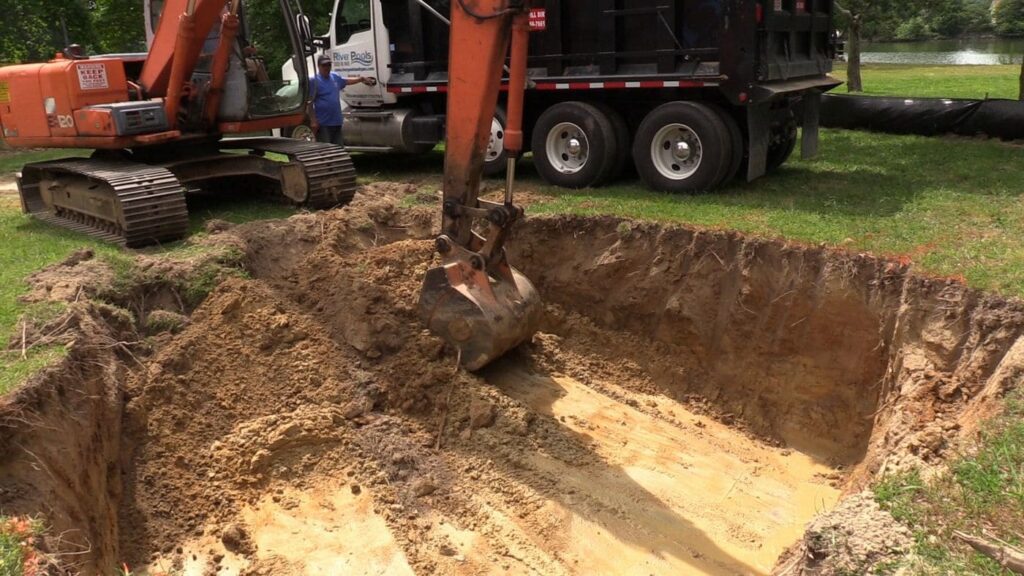
Based on the staircase’s elevation and the number of steps, dig into the slope with the shovel.
To replicate the intended design of the retaining wall stairs, create stair steps in the ground.
Given that the steps will require a substantial amount of base material to be placed beneath and behind them, it is often better to excavate more of the slope than you might anticipate.
Consider adding 6 inches of base material behind each step as well as 6 inches underneath.
Base Trench Preparation:
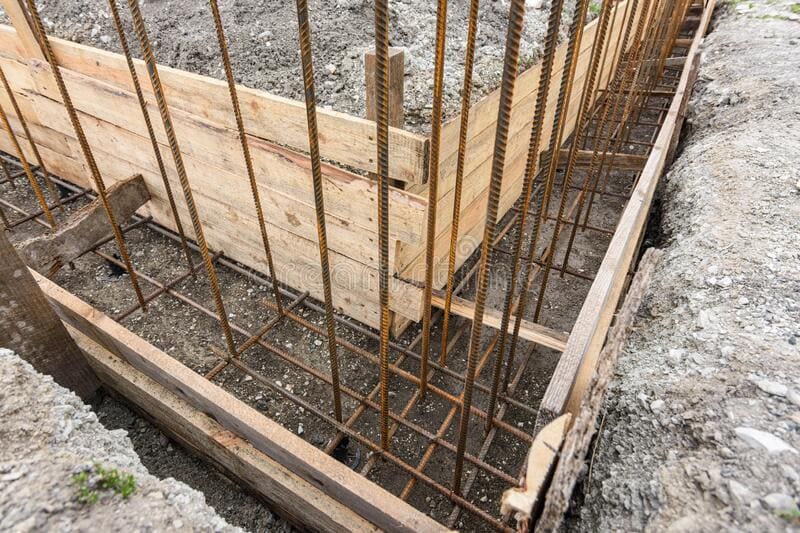
Under the retaining wall is a gravel-filled ditch known as the base trench.
The base trench serves as the first step’s base when steps are built into a wall.
The base trench must span the whole length of the wall at least 24 inches wide, and 6 inches deeper.
Make a ditch at least 6 inches deep where the first step will go.
Fill with landscape gravel, at least 6 inches deep.
By using the retaining wall blocks as a guide, alter the depth of the gravel so that the initial step is the same height as the first (lowest) course of the retaining wall block.
Putting in the Drain Pipe (Optional):

You might need to bury a drain pipe in the gravel of the base trench depending on the soil’s properties or the restrictions of the local zoning ordinance.
The drain pipe should be positioned at the back and bottom of the trench.
Compacting and Levelling the Base Trench:
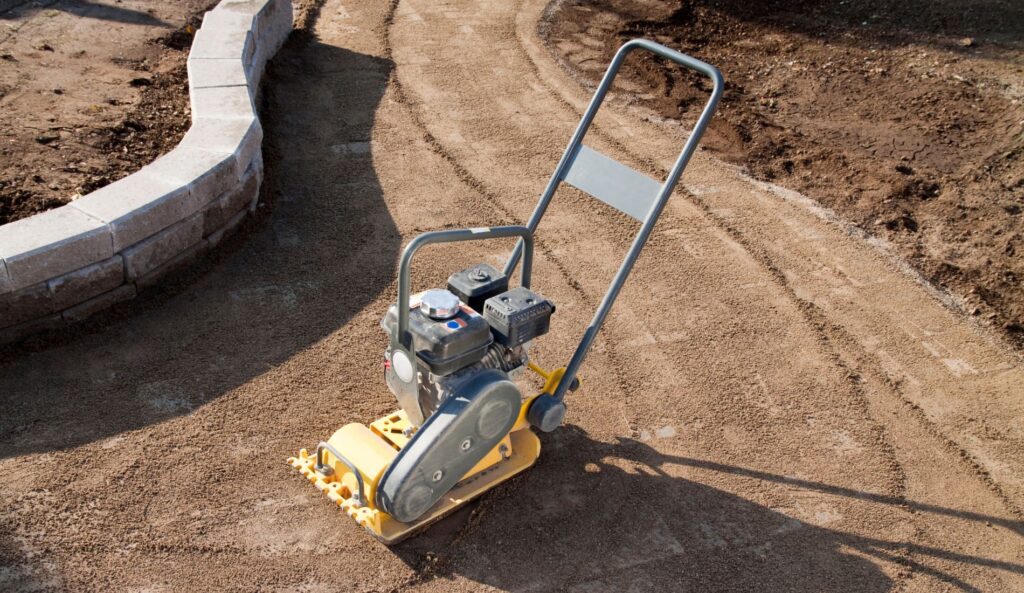
Using a bubble level on a two-by-four to level the gravel in the base trench.
Using a plate compactor or a tamping tool, compact the gravel.
Set Up the First Course:
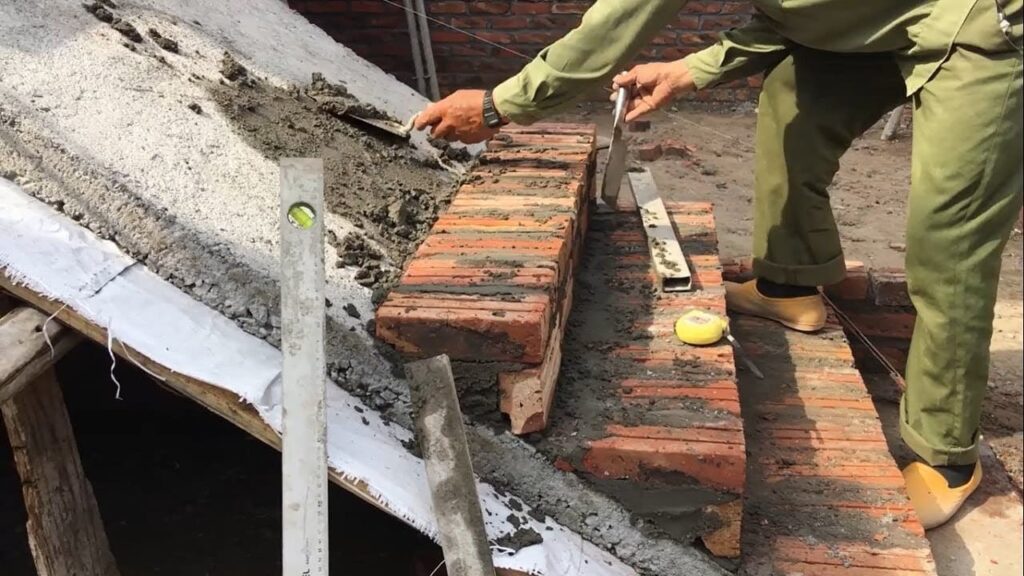
The first course of retaining wall blocks should be set on the trench gravel after being tamped into the ground.
If provided, the raised lip of the blocks should be positioned at the front, facing up.
Verify the level from side to side between the blocks.
Use twine or mason’s rope to align nearby retaining wall bricks while building wide steps.
Fill in the Soil:
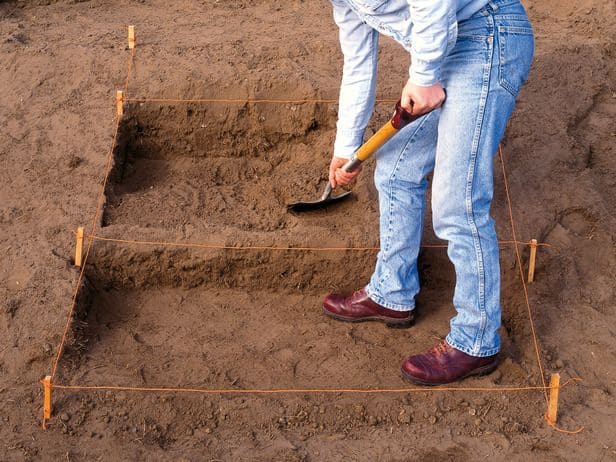
Place soil in front of the first course of blocks with the shovel that has been dug up elsewhere in the yard to help anchor the blocks in place. the soil with a tamper.
Backfill the First Course:

Backfill the first flight of stair blocks with gravel.
Fill the empty cores of hollow retaining wall blocks with stone as well.
Consolidate this backfill.
First Step-Level and Screed:
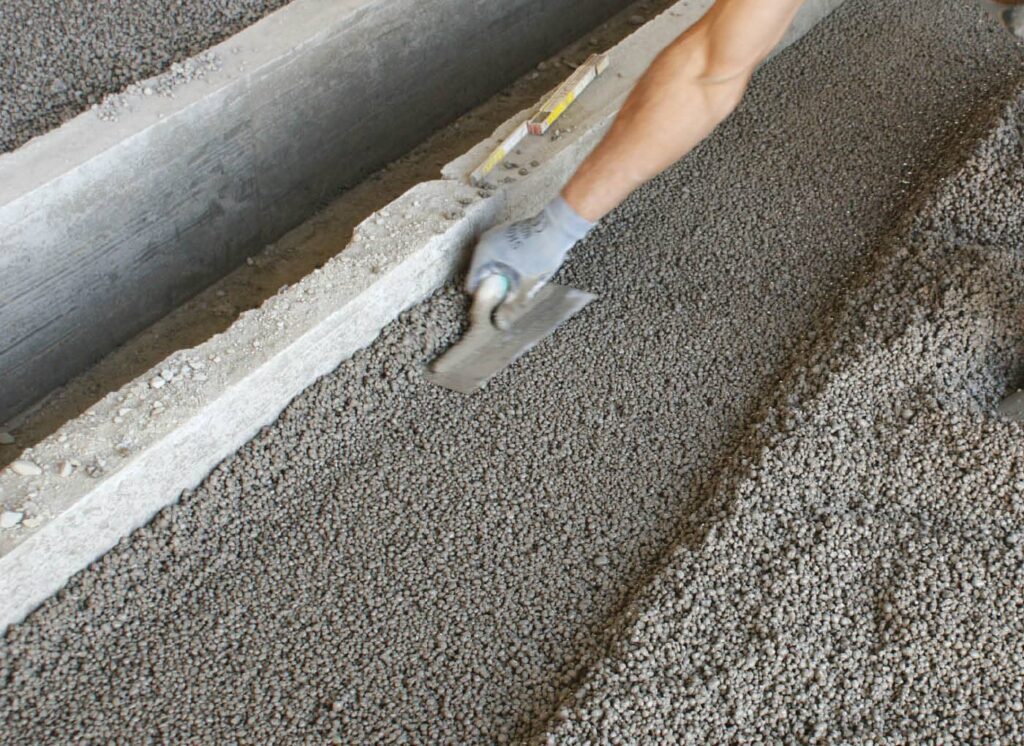
The initial set of stair bricks should be swept away, and then levelled from front to back.
With a piece of two-by-four scrap, smooth the gravel.
Install the Next Step:
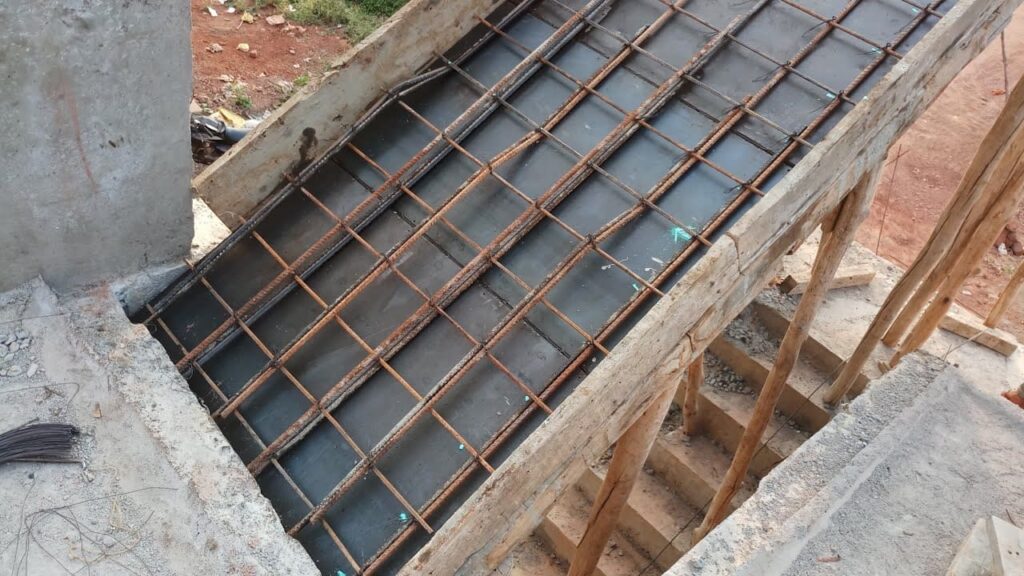
The first step should be supported by a base that is six inches deep as you assemble the second set of stair steps underneath the first set.
Using the tread depth, you previously established, count backwards from the first set.
By measuring each block from front to back, ensure that the second set is parallel to the first.
The Second Course’s Backfill:

Like the previous step, shovel gravel behind the second retaining wall blocks.
If utilizing hollow core blocks, fill the blocks.
Backfill must be compacted.
Continue to the Top:
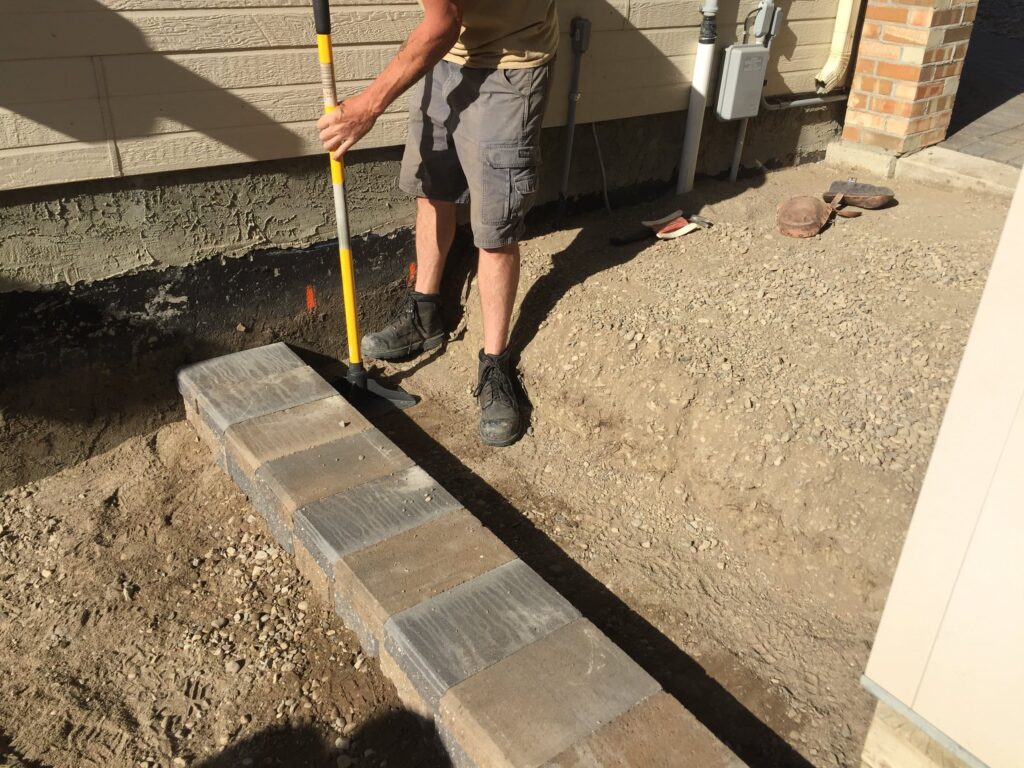
Up until the top of the slope, go back and repeat the preceding stages.
Add the Tread Covers:
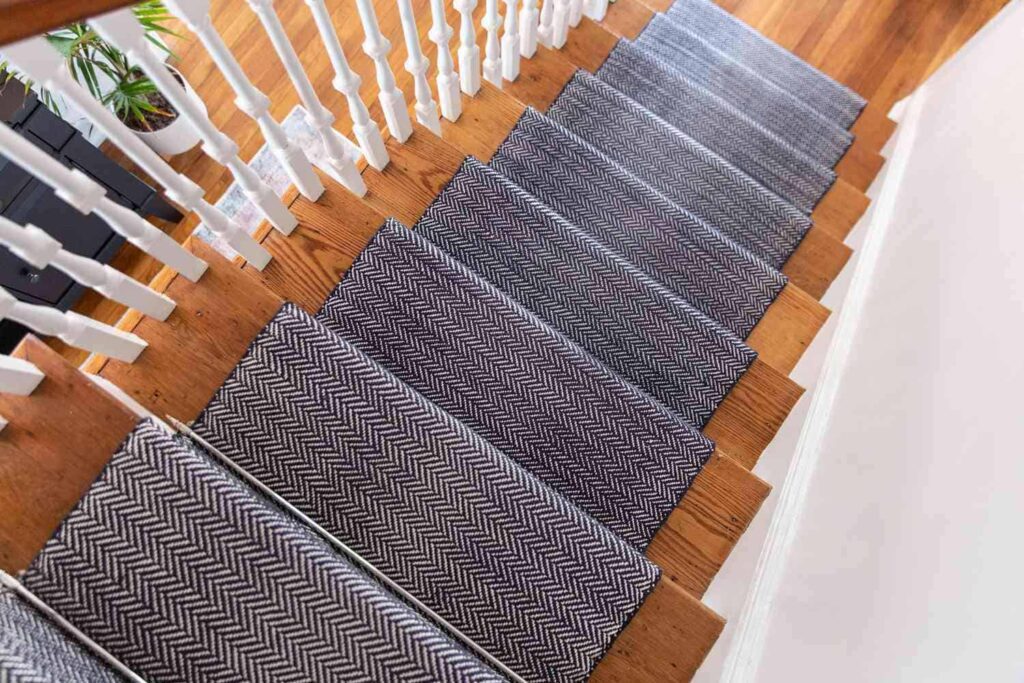
It is possible to cover the treads with capstones, pavers, brick, or a combination of capstones and pavers/brick, or leave them exposed.
Clean the threads entirely.
The tops of the retaining wall blocks should be coated with landscaping glue before the tread coverings are added.
Build the Retaining Wall:
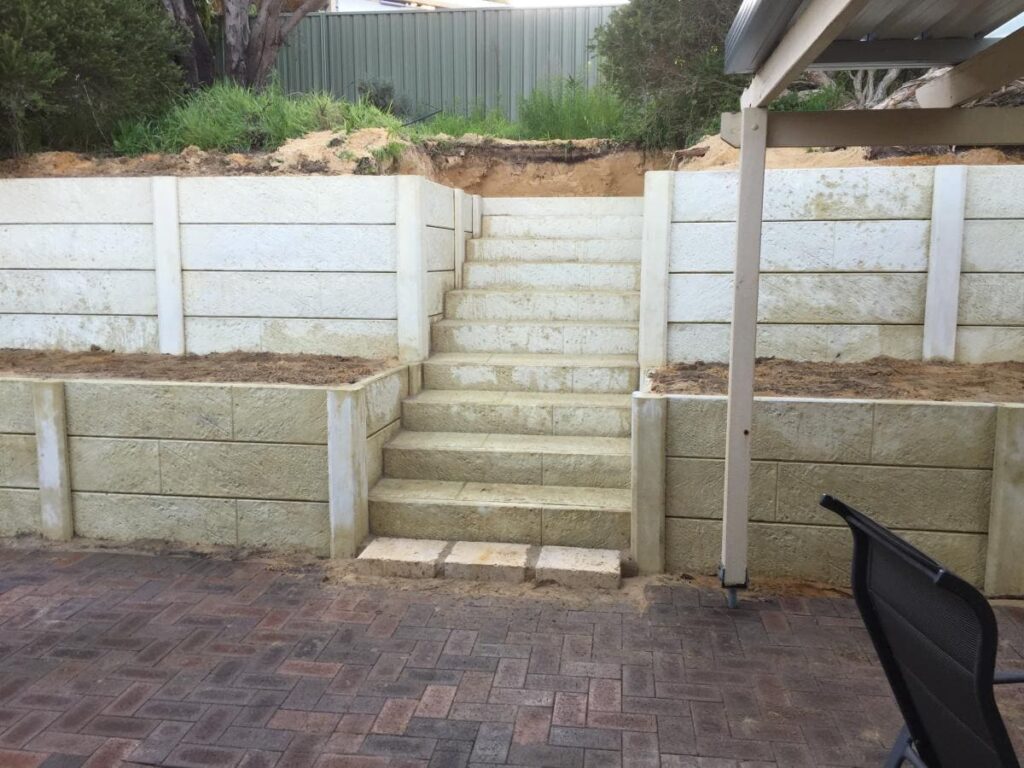
When the retaining wall stairs are complete, construct the retaining walls on either side.
Use the stairway’s established courses as a guide to determine the wall’s courses.
FAQ- How to Build Retaining Wall Stairs:
Q1. What depth is ideal for retaining wall steps?
The base trench serves as the first step’s base when steps are built into a wall.
The base trench must span the whole length of the wall, be at least 24 inches wide, and be 6 inches deeper.
Create a trench that is at least 6 inches deep where the first step is.
Q2. What is the staircase formula?
If the distance from the floor to floor is 8 feet, 10 inches (or 106 inches), you would need to multiply the height by 7 inches to calculate the number of treads you’ll need (106 divided by 7 equals 15.14).
The actual tread height is then obtained by multiplying the height by the number of threads (15 into 106). (7.06 inches).
Q3. What kind of material do you use to build outdoor steps?
Concrete and metal are frequently used for outdoor stair construction. T
he best material to use for outdoor staircases is metal.
For several reasons, concrete is a superior choice to other materials for building outdoor stairs.
Conclusion:
The installation of stairs in a wall project must be done with the same detail-oriented approach as the wall itself.
It might be challenging to smoothly merge retaining wall steps into an existing retaining wall.
If you’ve never constructed retaining wall steps, curved stairs, landings, switchbacks, sidewalls, planters, and other unusual features and designs can be challenging.
If you need assistance with any of these complex procedures, contact a landscaping or paving business.
Section Under: Retaining Walls
